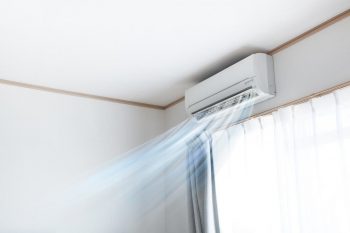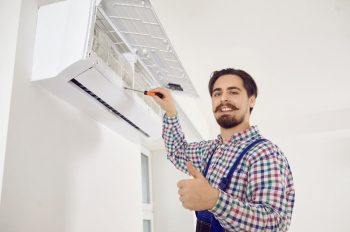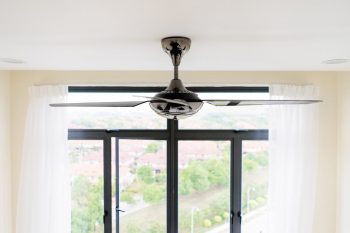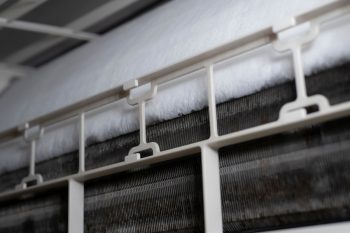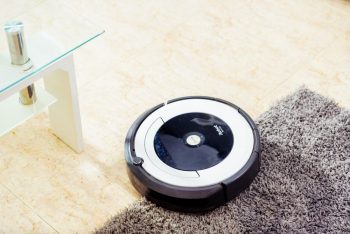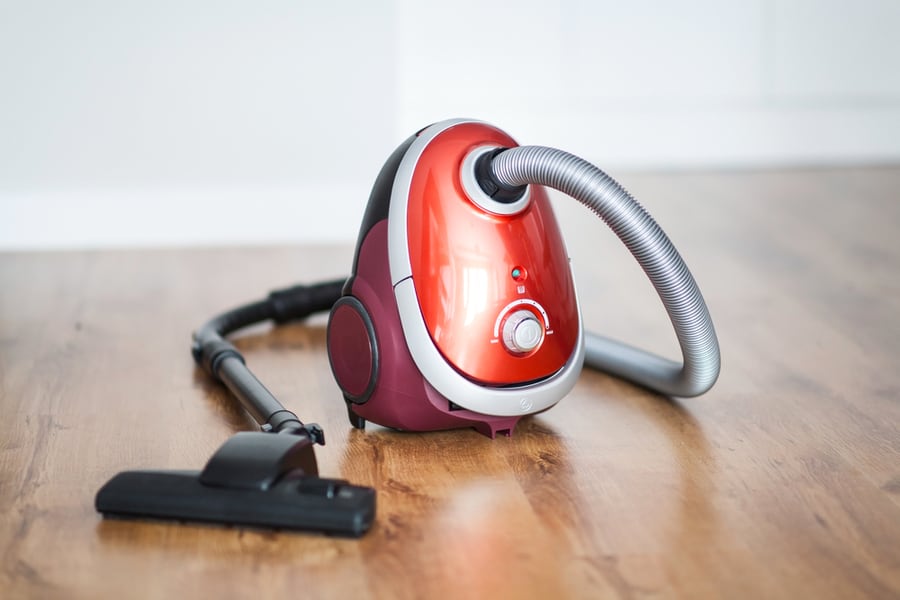
Do you need a blower or air pump if you own a vacuum cleaner? Vacuums are convenient appliances to suck up debris around the house. But with fine-tuning, you can take advantage of more features that will save you a few bucks.
Some modern vacuum cleaners allow you to toggle between air blowing and suction by having an exhaust valve for blowing out air. However, not all vacuum owners are that lucky.
Fortunately, there are a few ways to turn your vacuum safely into a leaf blower or air pump. It will allow you to juggle between the two features without buying more home equipment and save up some storage space.
Let us look at how we can get this done.
If you are thinking of turning your vacuum into an air blower, you first need to know what type of cleaner you want.
Afterward, you should unplug the device and remove the dust collector or the intake hose for canister vacuums. Turn on the cleaner to prevent blowing dirt and debris all over the house.
Next, you need to securely attach a flexible tube to the dust collection intake hole or use the exhaust valve available in canister vacuums. Lastly, turn on the vacuum and ensure the blowing function is working okay.
This post comprehensively guides reverse airflow in various standard vacuum cleaner models.
Tools You Need When Reversing Vacuum Airflow
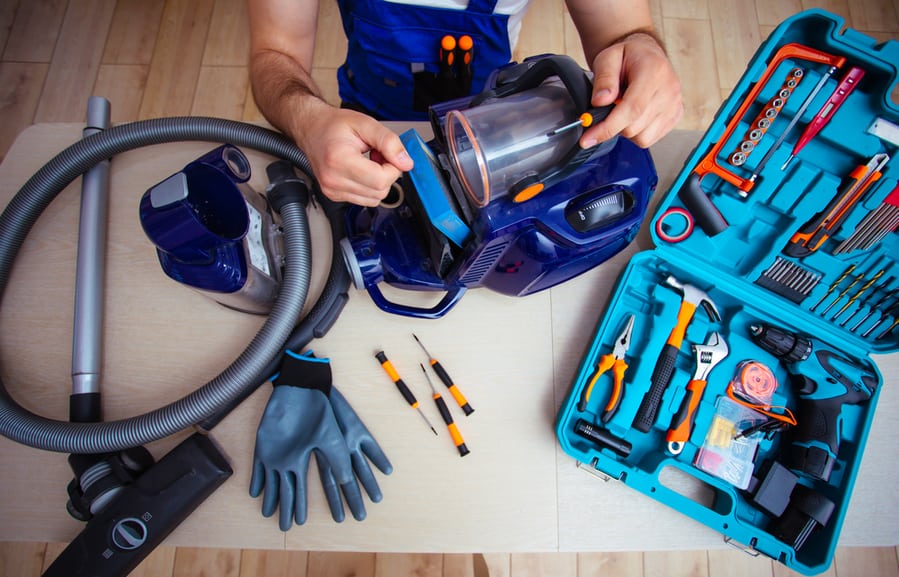
You might be excited to start this DIY project, but there are a couple of tools that you need before reversing the vacuum’s airflow.
You will need the following items:
- User manual
- Phillips screwdriver
- Duct tape
- Flexible tube
- Utility knife
7 Steps to Reversing Vacuum Airflow
Reversing airflow in a vacuum is easy. With some help and following these steps, your new multifunctional device will run smoothly, and you can start your chores.
Different vacuum models have their procedures for reversing airflow. The user manual will come in handy when you are stuck or trying to find information on how to do the project. If you have lost the manual, you can always find one online or contact customer care for help.
1. Know What Kind of Vacuum You Own
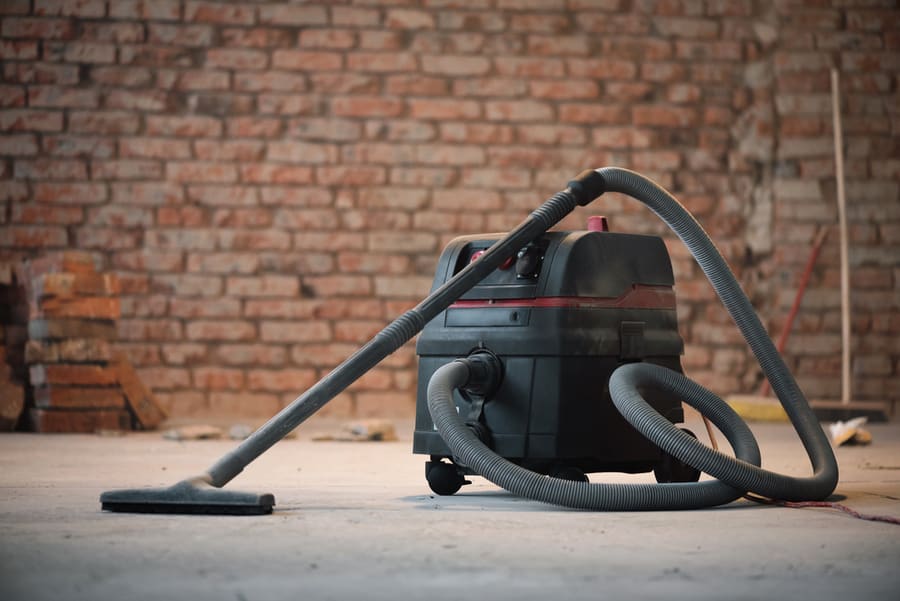
You first need to find out what kind of vacuum cleaner you own. This can save you a lot of time starting the project and improve your chances of success.
Though almost all vacuum cleaners can have their airflow reversed, some work better as blowers than others. For example, old bag vacuums and canister vacuums are ideal for the conversion procedure.
However, modern cleaners like bagless or plastic cylinder-fitted vacuum cleaners require more time and effort.
We previously stated that some vacuuming units already have an airflow reverse feature added to them. You can bypass many of these steps by only going through the manual.
2. Turn Off and Unplug the Vacuum

The next thing you need to do is ensure that your cleaner is turned off. For extra precaution, you should also unplug the device from its outlet.
It is common to flip a switch during the project when making adjustments accidentally. By cutting off power to the vacuum, you prevent the cleaner from turning on and blowing dirt and debris all over the house or garage.
3. Remove the Vacuum Bag or Plastic Cylinder
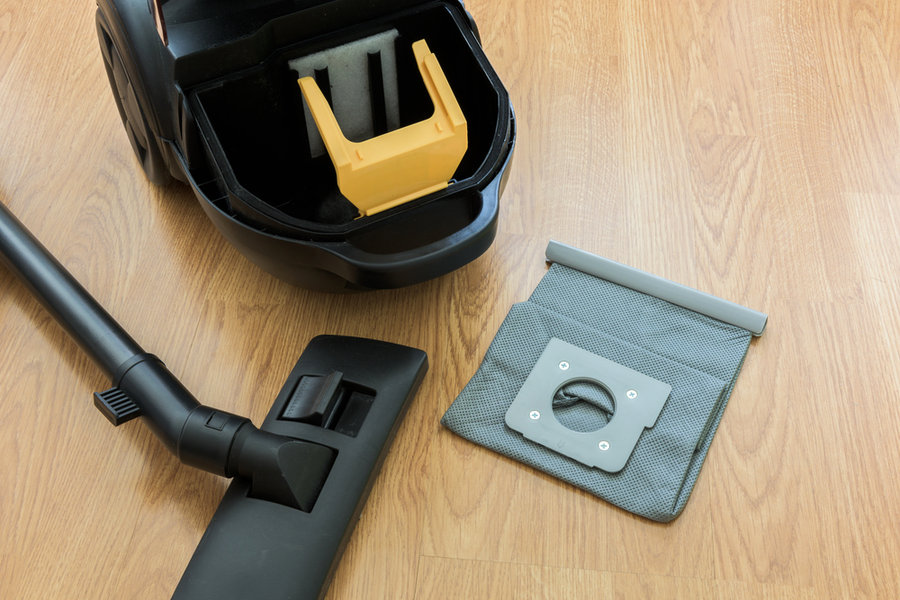
The third step is detaching the dust collector and internal filters in the cleaner.
To remove a vacuum bag from the older models, locate the dust collector and twist the lock fold that holds it in place. Some units have collection bags outside the cleaner, or you might need to open the bag tray to access it.
Slowly detach the bag from its intake hole, and place it somewhere it cannot get torn or damaged.
On the other hand, if your vacuum has a plastic cylinder that catches the debris, you will have to take it out and its internal filter. Gently turn the cylinder from its lock, and wiggle it out. At the intake hole that deposits dirt into the cylinder, you will find a filter which should also be carefully removed.
If you are having problems removing the vacuum bag, or plastic cylinder, the user manual should guide you on the proper steps.
You can skip this step if you own a canister vacuum or shop vac. However, you are always advised to remove the collection bin or canister to be on the safe side.
4. Remove the Intake Hose in the Canister Vacuum Cleaner
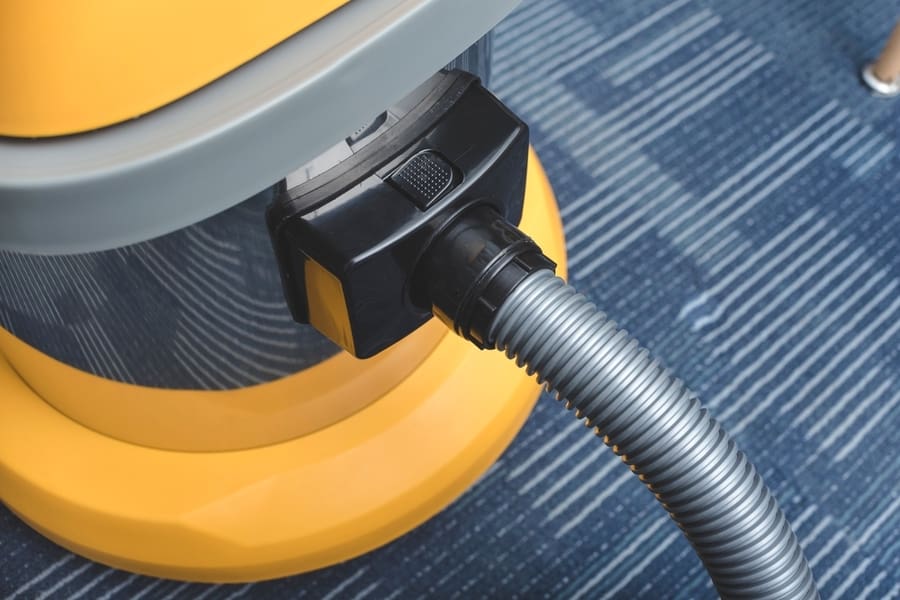
Canister vacuums have two airflow sections: One for sucking debris and an exhaust hole for blowing air. Because of this feature, there is no need to take out the collection bin in the cleaner.
To detach the intake hose, gently turn the flexible tube by the locking latch and slowly remove it without damaging it.
5. Turn On the Vacuum Cleaner

After detaching the vacuum bag, you should take the vacuum cleaner outside and turn it on. This should remove all the debris stuck in the intake hole before it leaves a big mess.
Give the cleaner a good shake to loosen up any dust that might be stuck on the inside.
Turn the vacuum cleaner off, and unplug it after ensuring all the dust and dirt are cleared from the unit.
6. Attach the Flexible Tube to the Bag Intake Hole or Exhaust Hole

The next thing you need to do is to attach the flexible hose we got earlier into the bag intake hole. You can take the intake hose and attach it to the exhaust valve for the canister cleaners.
The pipe will help redirect air blown from the vacuum. Wrap the connection with duct tape to secure the pipe to the intake hole tightly to prevent unwanted leaks or the tube being pushed out.
7. Turn On the Vacuum
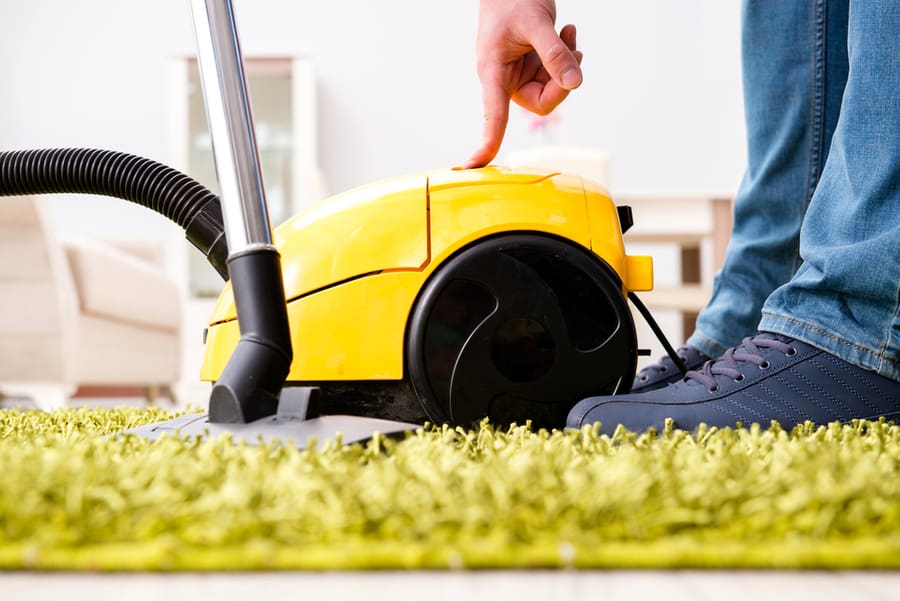
The last thing you need to do is to turn on the vacuum. Once the vacuum is running, it should send air into the makeshift blower for you to clean up leaves in your yard or inflate an air mattress.
Takeaway
Reversing the vacuum cleaner airflow can help you improve the unit’s functionality and reduce the cost of buying a blower or a pump. Though the process is pretty straightforward, you need to go through your user manual to understand what type of cleaner you have and how to reverse airflow safely.
Afterward, you need to unplug it and remove the vacuum bag or plastic cylinder and its internal filters. For canister cleaners, take out the intake pipe.
The next step is removing all remaining dirt from the unit before attaching a hose to the intake hole or exhaust valve for canister vacuums.
Frequently Asked Questions
Why Is the Vacuum Cleaner Blowing Out Air?
The most common reasons a vacuum cleaner blows out air are torn dust collectors, clogs in the device, or loose connections.
How Do You Reverse the Airflow on a Shop Vac?
Most shop vacs have two airflow sections: an intake valve for sucking air in and an exhaust valve for blowing air out. If you remove the intake hose and attach it to the exhaust valve, the cleaner should start blowing air out of the tube after you turn it on.


